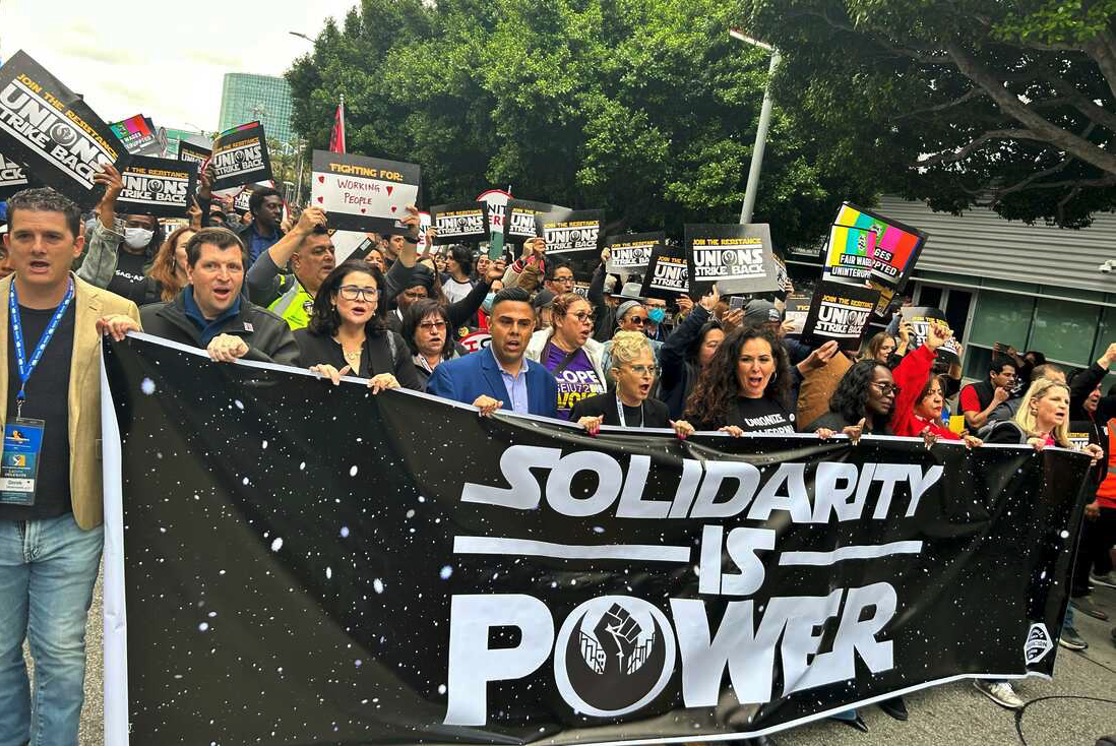Jimmie Carter found there were two ways to raise taxes. First, by passing a bill that increased tax rates. The second he could pass regulations that increased the cost of doing business he did. Biden learned from that and we see the results. Massive increases in gas, water and energy. Housing costs go up, along with unemployment—just like Carter. We lacked oil and gas during the Carter Administration because he wanted us dependent on oil from terrorist nations. Biden has stopped issuing permits for oil drilling and again we are dependent on terrorist nations for oil.
“Over the past year, food prices are up 3.5 percent, with eggs and meat up by over 5 percent; gas is up 22 percent and is expected to get even higher by this summer; lumber is up 250 percent; new home prices are up $36,000, with overall housing up 11 percent; and new cars are up 9 percent, the highest in 68 years. In April, 13 percent of new car buyers paid more than the sticker price. Other goods — from household items, baby care and general merchandise — are already up between 5.2 and 7.2 percent from this time last year. The cost of eating out shot up by 3.7 percent over the past year, and some takeout specials such as chicken wings have nearly doubled. Coffee futures are up 24 percent since October. Even growing your own food has surged in price, with the cost of seeds and potted plants jumping by 10.5 percent.
Wait till summer-drought, fires, lack of affordable gas and more. Biden must be proud of surpassing his mentor, Jimmie Carter.
Growing inflation is Biden’s hidden tax on working Americans

By Kristin Tate, The Hill. 5/12/21
The sharpest tax President Biden is levying upon Americans is one that was never passed by Congress, promised from the White House, or voted on by citizens at the ballot box. The invisible tax of rising inflation will do far more to harm working and middle-class Americans than Biden’s proposed tax hikes. The trillions of dollars in congressional spending and money printing from the Federal Reserve is already having a dramatic effect on the price of ordinary goods. Inflation has reached its highest point in years, and will likely reach the highest in two generations.
Over the past year, food prices are up 3.5 percent, with eggs and meat up by over 5 percent; gas is up 22 percent and is expected to get even higher by this summer; lumber is up 250 percent; new home prices are up $36,000, with overall housing up 11 percent; and new cars are up 9 percent, the highest in 68 years. In April, 13 percent of new car buyers paid more than the sticker price. Other goods — from household items, baby care and general merchandise — are already up between 5.2 and 7.2 percent from this time last year. The cost of eating out shot up by 3.7 percent over the past year, and some takeout specials such as chicken wings have nearly doubled. Coffee futures are up 24 percent since October. Even growing your own food has surged in price, with the cost of seeds and potted plants jumping by 10.5 percent.
Feeding the problem is the sharp price increase in commodities vital to our basic needs. Microchip prices are up by 25 percent over the last year, hiking the price of items from phones to televisions to car parts. Meanwhile, increased corn prices will further impact a variety of food products. Corn prices have nearly doubled since the start of the pandemic and reached a 13-year high. Along with corn, food prices are buoyed by a 59 percent increase in pork, 23 percent spike in soybean costs, and 21 percent increase in wheat prices. Whatever increase we’ve seen in grocery and restaurant bills will only accelerate as the trend continues.
Put it all together, and consumer prices are the highest they’ve been in eight and a half years. Economists now not only see the risk of inflation “higher than in the last two decades,” but the distinct risk of the Federal Reserve having to increase interest rates by the end of 2022.
The primary driver of the current inflation comes through money printing by the Federal Reserve. The Fed nearly doubled its bond purchases since the beginning of the pandemic, pumping almost $4 trillion into the economy. This is about as much as the Fed purchased between 2008 and 2014, during the worst of the Great Recession. From February 2020 to March 2021, the total of circulating cash, mutual funds and banking deposit money supply increased from $15.473 trillion to $19,896 trillion. The Fed effectively monetizes the federal government’s debt, creating both a cover for higher deficits and increasing the money supply further. From 2019 to now, the national debt jumped from just under 80 percent of gross domestic product to over 100 percent.
The second means of inflation comes through massive government spending. Between several “emergency” measures hastily passed under the guise of pandemic relief and President Biden’s massive new spending plans, we are looking at the potential for 1970s economic stagflation. Biden wants to spend nearly $2 trillion on a misleadingly-named “infrastructure” bill and $1.8 trillion in new social spending. Combined with the already-passed 2021 COVID-19 relief package, this spending will total $6 trillion — more than double the entire federal budget before the Great Recession. As if these large spending plans aren’t enough, the president requested a 16 percent increase in domestic spending in next year’s budget. Is he offsetting the increased social spending with cuts to the military? Nope — the proposed Pentagon budget is up by 1.5 percent.
Even worse, the government seems to be less than concerned about the possibility of stark inflation. Treasury Secretary Janet Yellen said just last week that she is not concerned about it. The White House says that any inflation seen will be mild and temporary.
However, the reality does not match the White House’s rosy projections. Americans’ savings rates sharply increased after the government distributed $3,200 in direct stimulus payments, plus generous unemployment bonuses that reduced the available labor pool. Much of this saved and printed money will soon manifest in the economy in a frenzy of post-pandemic consumer spending. In short, there is far too much money out there chasing an increasingly limited supply of goods, whether it be food, cars, gasoline, houses or more. This is nearly the textbook definition of inflation.
Inflation shows itself in metrics that government statistics or ordinary spending often do not make immediately clear. The sharp increase in commodity, investment and other asset prices — think cryptocurrency, gold, silver and the stock market — show a wider picture than just the average of inflation in the Consumer Price Index or money supply figures. Many Americans are unfamiliar with the double-digit inflation of the 1970s and 1980, but Biden, who served in the Senate during this time, is not. The president appears bound to repeat many of the most painful mistakes of that era — mistakes that led to increased economic dysfunction, a severe series of recessions, fuel shortages, and finally a conservative Republican to clean it all up.
Kristin Tate is a libertarian writer and an analyst for Young Americans for Liberty. She is an author whose latest book is “How Do I Tax Thee? A Field Guide to the Great American Rip-Off.” Follow her on Twitter @KristinBTate.



